Essential Factors to Weigh When Selecting Your Electric Dirt Bike
The surging popularity of electric dirt bikes signals a shift in the off-road riding landscape, offering a thrilling and eco-conscious alternative to traditional gasoline-powered models. Combining the exhilarating experience of off-road exploration with the advantages of electric propulsion, these innovative machines provide a quieter, cleaner, and often more accessible path to adventure, leading many to consider them the best trail dirt bike option.
However, choosing the best trail dirt bike for your needs requires careful consideration of various factors. This comprehensive guide will delve into the key considerations for selecting an electric dirt bike that aligns with your individual preferences and riding style.
We’ll explore crucial elements such as power and performance, ensuring your chosen bike can handle your desired terrain and riding intensity. We’ll also examine bike features and design, looking at aspects like suspension, frame materials, and ergonomics for a comfortable and enjoyable ride. Additionally, we’ll discuss the overall riding experience, covering factors like noise levels, maintenance requirements, and the unique sensation of riding an electric dirt bike.
Power and Performance
The heart of any electric dirt bike lies in its power and performance capabilities. Motor power, measured in kilowatts (kW), plays a pivotal role in determining the bike’s overall performance. Higher power ratings generally translate to increased speed and better hill-climbing abilities. For instance, a 5kW motor might suffice for casual trail riding, while more demanding terrains and competitive riding may require motors in the 10-15kW range.
Torque, the rotational force produced by the motor, is equally crucial. Electric motors excel in this aspect, delivering instant torque from a standstill. This characteristic provides electric dirt bikes with impressive acceleration and the ability to conquer steep inclines with ease. Riders should consider their intended use and terrain when evaluating torque specifications.
Battery capacity directly influences the bike’s range and riding time. Measured in ampere-hours (Ah) or watt-hours (Wh), a larger battery capacity allows for extended rides without the need for recharging. However, this often comes at the cost of increased weight and price. Riders must strike a balance between desired range and the bike’s overall weight and maneuverability.
Charging time is another critical factor to consider. While some electric dirt bikes can be fully charged in as little as 2-3 hours, others may require 6-8 hours or more. Fast-charging capabilities can be a significant advantage for riders who plan on extended outings or multiple rides in a single day.
Regenerative braking, a feature found on some advanced electric dirt bikes, can help extend range by recapturing energy during deceleration. This technology not only improves efficiency but also reduces wear on traditional braking components.
Bike Features and Design

The suspension system of an electric dirt bike plays a crucial role in handling, comfort, and overall performance. Front forks and rear shocks work in tandem to absorb impacts and maintain tire contact with the ground. Adjustable suspension allows riders to fine-tune their setup based on terrain and riding style. For example, a softer setting might be preferred for rough trails, while a stiffer setup could benefit motocross-style riding.
Frame materials and geometry significantly impact a bike’s weight, stability, and handling characteristics. Lightweight materials such as aluminum or carbon fiber can reduce overall weight, improving maneuverability and extending range. The bike’s geometry, including factors like wheelbase and head angle, influences its stability and responsiveness. A longer wheelbase generally provides more stability at high speeds, while a steeper head angle can result in quicker steering response.
Tire selection is crucial for optimal performance in various riding conditions. Knobby tires with aggressive tread patterns excel in loose or muddy terrain, while smoother tires may be more suitable for hardpack surfaces. Some electric dirt bikes feature tubeless tires, which can reduce the risk of punctures and allow for lower tire pressures, enhancing traction and ride comfort.
Braking systems on electric dirt bikes typically fall into two categories: hydraulic and mechanical. Hydraulic brakes offer superior stopping power and modulation, making them ideal for more aggressive riding styles. Mechanical brakes, while generally less powerful, are often simpler to maintain and adjust.
The weight and handling of an electric dirt bike are intrinsically linked. Electric models often benefit from a lower center of gravity due to the placement of battery packs, resulting in improved stability and cornering performance. However, the overall weight of the bike can impact maneuverability, especially in tight technical sections.
Riding Experience and Considerations

When selecting an electric dirt bike, riders must consider their skill level, riding style, and preferred terrain. Beginners may benefit from bikes with lower power outputs and more forgiving handling characteristics. Intermediate riders might seek a balance of power and maneuverability, while advanced riders may prioritize high-performance features and customization options.
Riding style also plays a significant role in bike selection. Trail riders may prefer bikes with longer range and comfortable ergonomics for extended outings. Motocross enthusiasts might prioritize power, suspension performance, and durability for jumps and aggressive riding. Freestyle riders may seek bikes with specific features tailored to tricks and stunts.
The intended terrain should heavily influence the choice of an electric dirt bike. Sandy environments may require bikes with wider tires and higher power outputs to maintain momentum. Rocky terrain might benefit from bikes with robust suspension and protective features like skid plates. Muddy conditions could necessitate bikes with excellent low-end torque and aggressive tire treads.
Budget considerations are inevitable when choosing an electric dirt bike. Entry-level models may start around $1,500, while high-performance bikes can exceed $10,000. Riders should weigh their desired features against their budget constraints, considering factors like long-term maintenance costs and potential upgrades.
Brand Reputation and Support

The reputation of established brands in the electric dirt bike market can provide valuable insights into product quality and reliability. Manufacturers with a history of producing high-quality off-road vehicles often bring their expertise to the electric segment. Researching customer reviews, expert opinions, and long-term reliability reports can help riders make informed decisions.
Warranty coverage and service support are crucial factors to consider. Electric dirt bikes, with their complex electrical systems, may require specialized maintenance and repairs. Brands that offer comprehensive warranties and have established service networks can provide peace of mind and minimize downtime in case of issues.
Joining online communities and forums dedicated to electric dirt bikes can be an invaluable resource for prospective buyers. These platforms often offer real-world experiences, maintenance tips, and performance insights from fellow riders. Additionally, many manufacturers provide online resources, including user manuals, troubleshooting guides, and software updates for their electric dirt bikes.
Safety and Environmental Considerations
Safety should be paramount when selecting and riding an electric dirt bike. Key safety features to consider include:
1. Robust braking systems
2. Adjustable power modes for different skill levels
3. High-quality lighting for low-light conditions
4. Protective components like handguards and skid plates
Riders should also invest in appropriate safety gear, including helmets, goggles, gloves, and protective clothing.
The environmental benefits of electric dirt bikes are significant when compared to their gasoline-powered counterparts. These machines produce zero direct emissions, operate quietly, and have a lower overall environmental impact. However, riders should still be mindful of their impact on trails and natural areas, following local regulations and practicing responsible riding techniques.
In conclusion, selecting the perfect electric dirt bike requires careful consideration of numerous factors. By evaluating power and performance characteristics, bike features and design elements, riding experience requirements, brand reputation, and safety considerations, riders can make an informed decision that aligns with their needs and preferences. As the electric dirt bike market continues to evolve, riders can look forward to even more innovative and capable machines that push the boundaries of off-road performance while minimizing environmental impact.

Jason Wilkins began his career with a passion for online shopping experiences and deep insights into the outdoor gear market. With the aim of providing excellent choices for those who love an active lifestyle, he established besttraildirtbike.com, specializing in advising and selling Amazon Affiliate products suitable for dirt bikes, accessories, and touring gear.
Leveraging his expertise in SEO techniques and business management skills, Jason has built a reputable brand, attracting thousands of customers. As a dedicated and creative leader, he continuously seeks ways to enhance the user experience and sustainably grow the business.
Jason has in-depth knowledge of dirt bike trends and accessory innovations, constantly updating himself on the latest breakthroughs in this field. On his website, he shares detailed and objective reviews of hot products on the market, along with tips for safe dirt biking and touring.
With the motto “Passion Without Limits,” Jason aspires to inspire many outdoor enthusiasts to explore the wonders of nature. Under his guidance, besttraildirtbike.com is steadily becoming a trusted destination for customers to find quality products for their dirt biking and adventure touring pursuits.

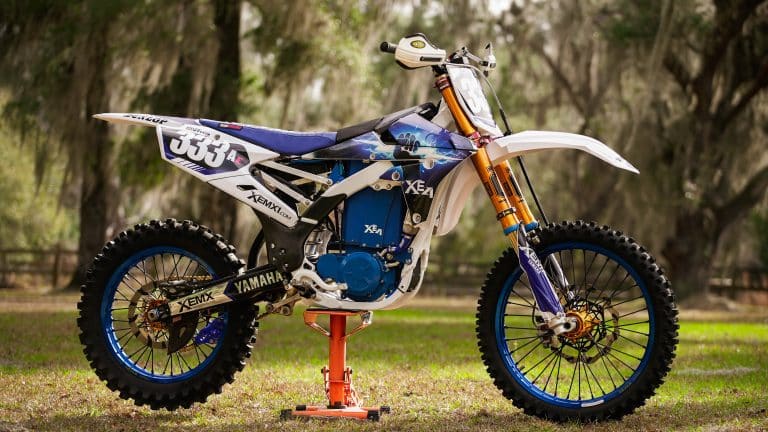

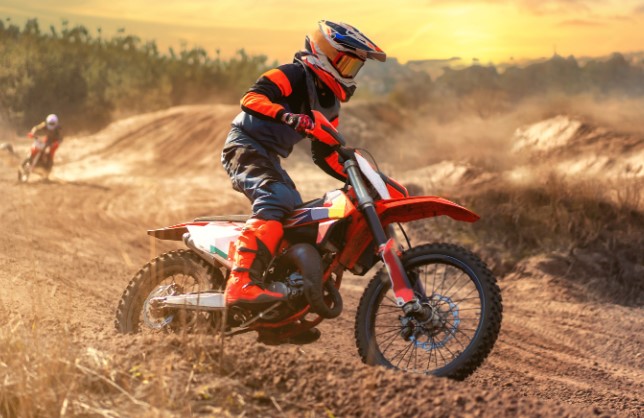
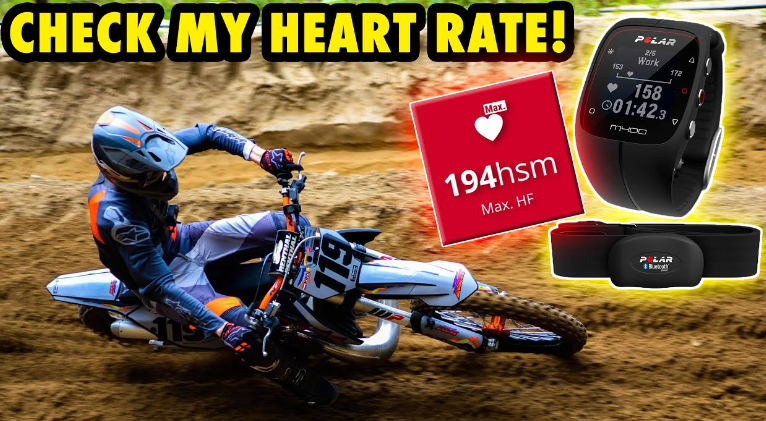
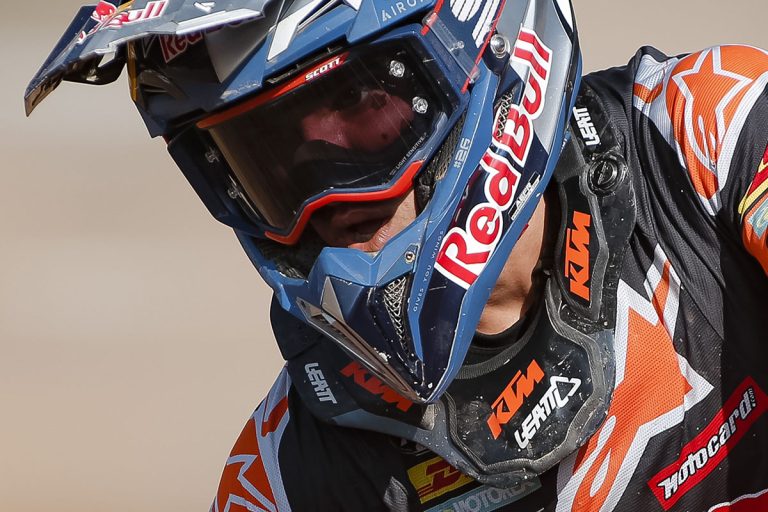
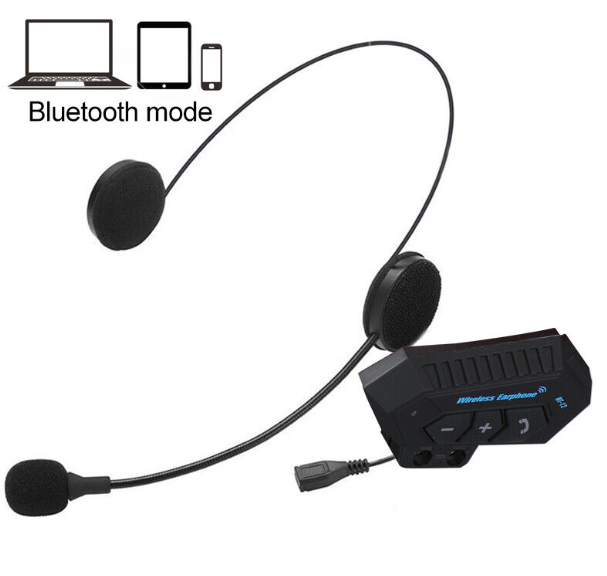
This guide to choosing an electric dirt bike is a great starting point! As someone considering making the switch from gas-powered, I’m curious to hear about real-world range and charging experiences. Does the range listed by manufacturers hold up in actual riding conditions? How long does it typically take to fully charge a bike? Any insights would be super helpful!
Thank you for your interest, Lily! You raise some excellent questions about real-world performance of electric dirt bikes.
Regarding range, manufacturer estimates can vary in accuracy. Real-world range often depends on factors like riding style, terrain, and weather conditions. Many riders report getting about 70-80% of the listed range during typical use. For example, a bike rated for 50 miles might realistically provide 35-40 miles of trail riding.
Charging times can vary significantly between models. On average, most electric dirt bikes take 3-6 hours for a full charge using a standard outlet. Some models offer fast-charging options that can reduce this to 1-2 hours. It’s worth noting that many riders find they don’t need a full charge for casual riding sessions.
For the most accurate information, I’d recommend reaching out to owners of specific models you’re interested in. They can provide detailed insights based on their personal experiences with range and charging in various conditions.
I hope this helps give you a general idea! Let me know if you have any other questions about making the switch to electric.
This guide on selecting an electric dirt bike was super helpful! I’m particularly interested in battery life. How should I weigh the importance of battery capacity versus charging time when making a decision?
Hi Alex,
I’m glad you found the guide useful! When it comes to choosing an electric dirt bike, both battery capacity and charging time are important factors.
Battery Capacity: A higher battery capacity generally means a longer riding time per charge, which is crucial for extended trails or longer rides. Consider how long you typically ride and whether the battery life will meet your needs without frequent recharges.
Charging Time: This aspect is essential if you plan to use the bike frequently or for long periods. A shorter charging time allows for quicker turnaround between rides and can be a significant convenience factor, especially if you’re riding multiple times a day or during events.
Balancing both aspects depends on your specific needs. If you prioritize longer rides, focus on a higher battery capacity. If you need quick turnarounds or have limited access to charging facilities, a shorter charging time might be more critical.
Great insights on motor power! I’m new to electric dirt bikes—how do I know what level of motor power is best for a beginner versus an experienced rider?